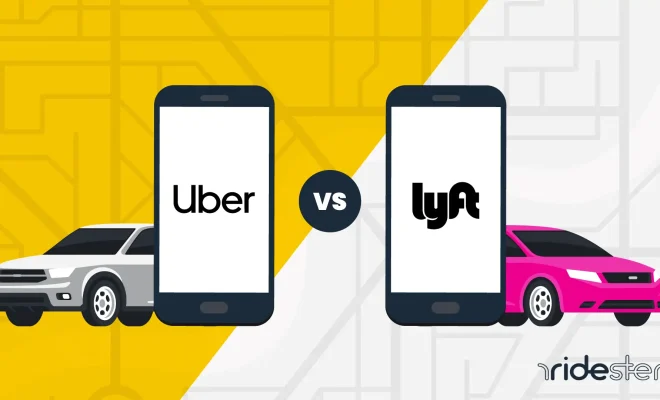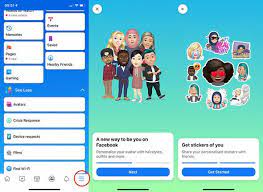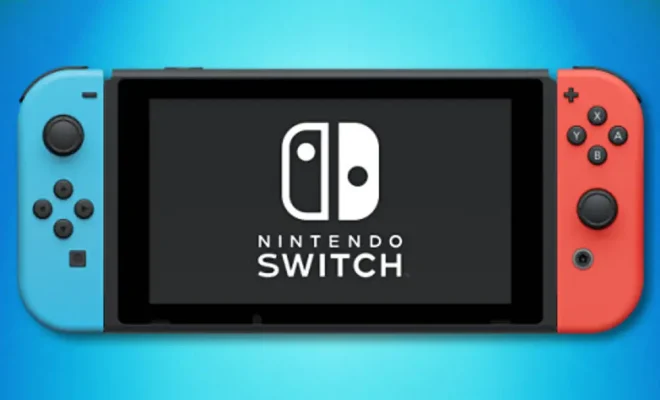Lyft vs. Uber: What’s the Difference?

As ride-sharing apps become more popular, two names that are almost always mentioned are Lyft and Uber. Both companies have become household names for convenient and affordable transportation, but what’s the difference? In this article, we’ll take a closer look at Lyft vs. Uber and compare their differences.
Pricing
When it comes to pricing, both Lyft and Uber operate in a similar way – you pay based on the distance traveled and the time spent in the car. However, there are slight differences in price depending on the city and time of day. In general, Lyft has been known to be a bit cheaper than Uber.
User Experience
While both apps have similar functionalities, there are some differences in their user experience. Uber has a much larger market share, which means it generally has more drivers on the road. This translates to shorter wait times and more availability in larger cities. However, Lyft has a larger following of regular customers who prefer the platform’s user-friendly experience and community-oriented approach.
Ride Options
Lyft and Uber offer similar ride options, including shared rides, budget options, and higher-end rides. However, there are some differences to take note of. For example, Lyft’s standard ride option is called ‘Lyft,’ while Uber’s is called ‘UberX.’ Additionally, Lyft offers a ‘Lux’ option for those seeking a more luxurious ride, while Uber’s luxury option is called ‘Uber Black.’
Safety
Both ride-sharing apps require drivers to pass background checks and maintain a high rating on the app, but Lyft has taken additional steps to prioritize rider safety. For example, Lyft has implemented a ‘Smart Trip’ feature that alerts riders if their driver makes unexpected stops or takes an unusual route. On the other hand, Uber has been criticized for not doing enough to prioritize rider safety.
Driver Pay
Lyft and Uber pay their drivers differently, which can affect driver satisfaction and ultimately the quality of your ride. Lyft’s pay structure tends to be more transparent, and drivers often feel more valued by the company. Uber’s pay structure is less transparent, and there have been numerous protests from drivers over pay and working conditions.
Brand Image
Both companies have created distinct brand images that attract different types of riders. Lyft markets itself as the friendlier and more community-driven option, with bright, pink branding and a slogan of “It matters how you get there.” On the other hand, Uber is often associated with convenience and luxury, with its sleek black branding and slogan of “Get there with Uber.”
In conclusion, when it comes to Lyft vs. Uber, there are a few key differences to consider. While both platforms offer similar features and pricing, factors such as user experience, ride options, safety, driver pay, and brand image can influence which one you use. Ultimately, the choice comes down to personal preference, but it’s always good to have options.






